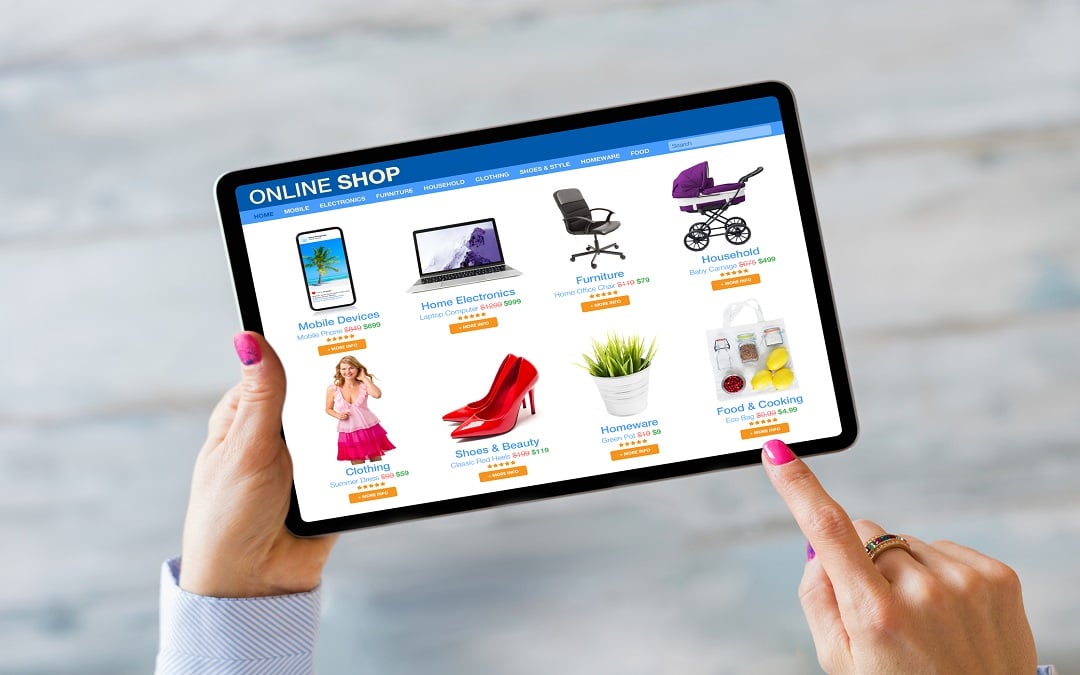For businesses looking to expand their reach and tap into the immense potential of e-commerce, selling on Amazon is often a no-brainer. With its vast customer base and robust infrastructure, Amazon provides a lucrative platform for sellers to showcase their products. However, one aspect that can perplex many new sellers is Amazon’s selling fees. In this blog, we’ll shed light on how Amazon sets and charges its selling fees, ensuring you have a clear understanding of the cost structure associated with selling on this e-commerce giant.
Understanding Amazon’s Fee Structure
Amazon’s fee structure is designed to cover the costs associated with listing and selling products on its platform. These fees can be categorized into two main types: referral fees and fulfillment fees.
Referral Fees:
Referral fees are charges that sellers incur for the privilege of listing their products on Amazon. These fees are typically calculated as a percentage of the item’s sale price (excluding any taxes), and they vary depending on the category of the product being sold. On average, referral fees range from 5% to 20% (there is an exceptional rate of 45% for accessories for Amazon’s own devices)
Here’s how Amazon determines referral fees:
- Each category has a predetermined referral fee percentage.
- Amazon uses the category to which your product belongs to determine the fee rate.
- For example, if you’re selling a laptop, the referral fee rate may be 7%.
- If the laptop sells for £500, your referral fee would be £35 (7% of £500).
It’s essential to review Amazon’s referral fee schedule regularly, as these percentages may change over time.
Fulfillment Fees:
Fulfillment fees apply if you opt for Amazon’s Fulfillment by Amazon (FBA) service, where Amazon handles storage, packing, and shipping of your products. These fees are determined based on the size and weight of your products, and they can vary significantly.
Fulfillment fees include:
- Storage Fees: Charged on a monthly basis for the space your products occupy in Amazon’s fulfillment centers.
- Pick and Pack Fees: Charged per unit for the picking and packing of your products.
- Shipping Fees: If you use Amazon’s discounted shipping rates, these fees apply for the transportation of your products to customers.
It’s important to note that fulfillment fees can add up quickly, especially if you sell large or heavy items. To calculate your total fulfillment fees accurately, use Amazon’s FBA calculator.
Additional Costs to Consider
In addition to referral and fulfillment fees, sellers should be aware of other potential costs:
- Subscription Fees: Depending on your seller account type (individual or professional), you may pay a monthly subscription fee. Individual sellers pay a flat fee per transaction of 75p and professional sellers a monthly fee of £25.
- Advertising Costs: If you choose to run sponsored product ads or other advertising campaigns on Amazon, you’ll incur additional costs.
- Returns and Refunds: Amazon may refund customers for returns, and these costs may affect your overall profitability.
Tips for Managing Amazon Selling Fees
To optimise your profitability while selling on Amazon, consider the following tips:
- Regularly review your pricing strategy to ensure you can cover all fees and still make a profit.
- Monitor your inventory levels to minimise storage fees.
- Utilize Amazon’s advertising tools strategically to boost sales.
- Consider the FBA program’s benefits, such as Prime eligibility (although seller fulfilled Prime is now also an option for some sellers) and improved customer trust, when evaluating fulfillment options.
Paying the Fees
Amazon deducts its fees from your revenue when paying your settlements. This means that the amount that is received into you bank from each settlement cannot be taken to be your top line revenue. It is a common mistake for sellers to monitor their income for the purposes of determining whether they have reached the VAT threshold based on net settlements received, but after the deduction of the above fees this is significantly understating the position. Worse still sellers can mistakenly report and calculate their revenue to HMRC once they are VAT registered based on net settlements received.
Conclusion
Understanding how Amazon sets and charges its selling fees is crucial for any business looking to thrive on this e-commerce giant’s platform. By comprehending the structure of referral and fulfillment fees, as well as factoring in additional costs, sellers can make informed decisions that maximize their profitability. As chartered accountants, we can assist you in managing your Amazon-related finances effectively, helping you navigate the complex world of e-commerce and achieve financial success. If you have any further questions or require assistance in managing your Amazon finances, please don’t hesitate to reach out to our team of experts.
Let’s elevate your financial game together with our Amazon accounting services. Contact us now on 01942 725419.

